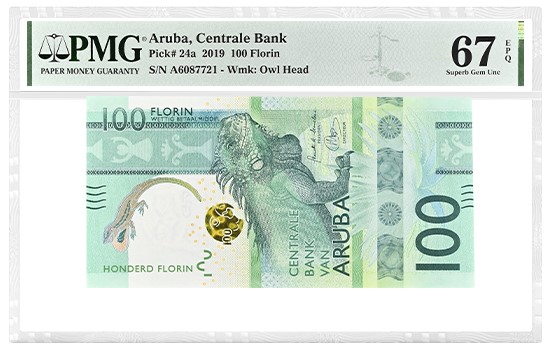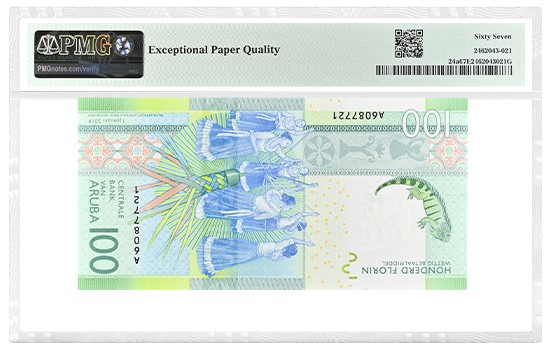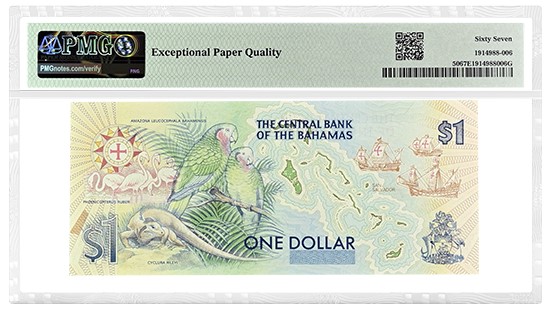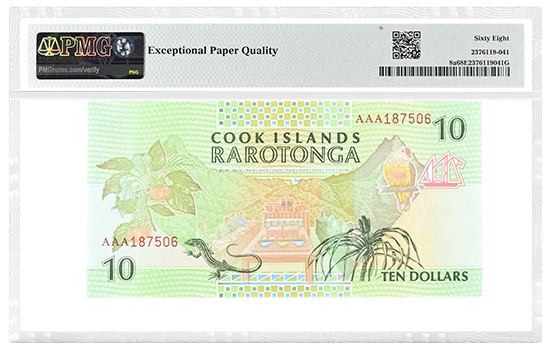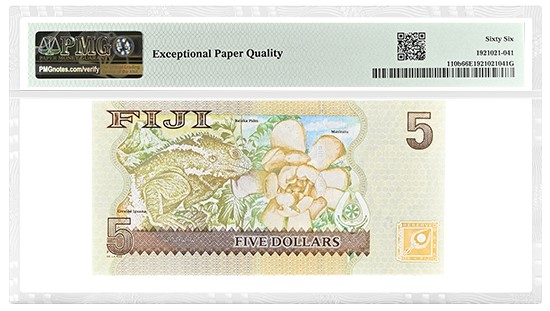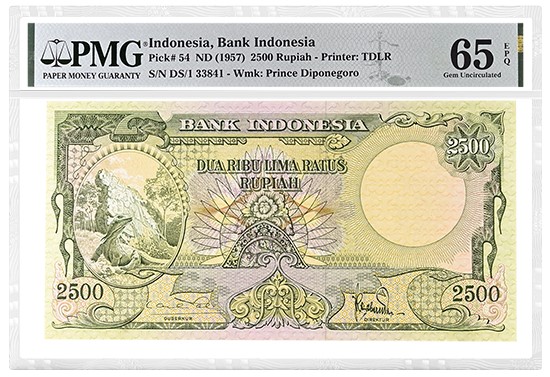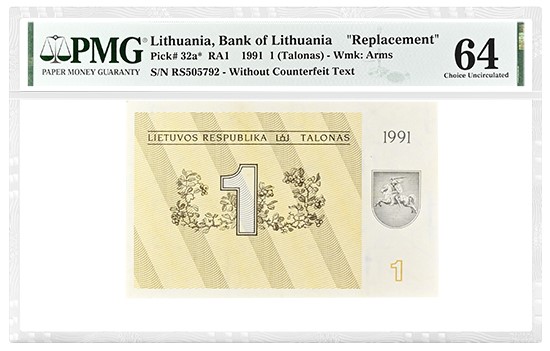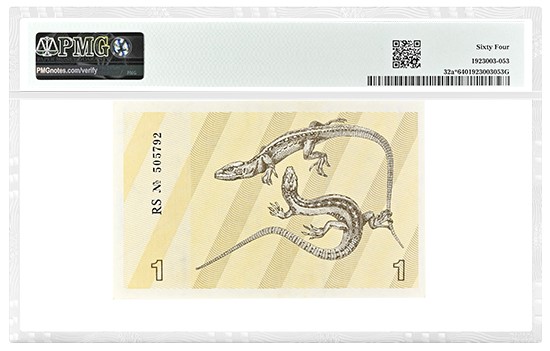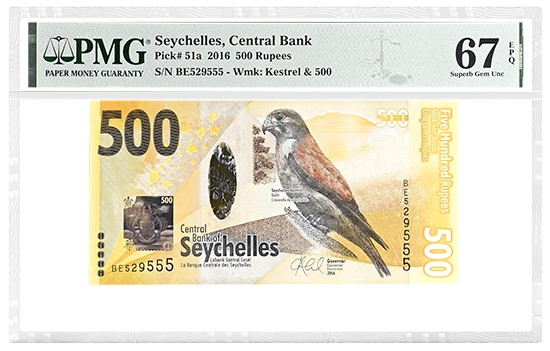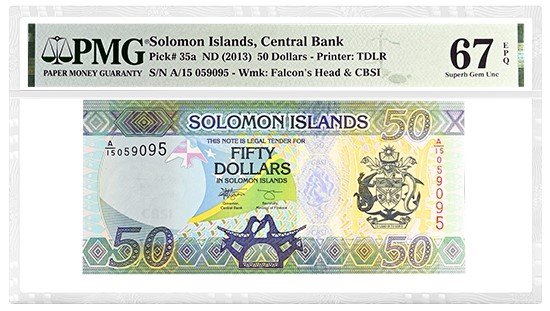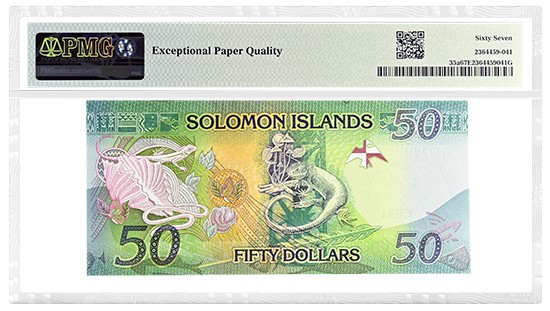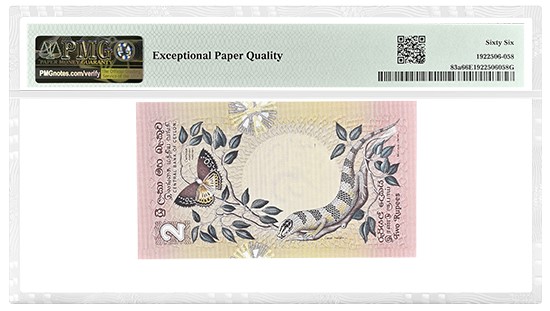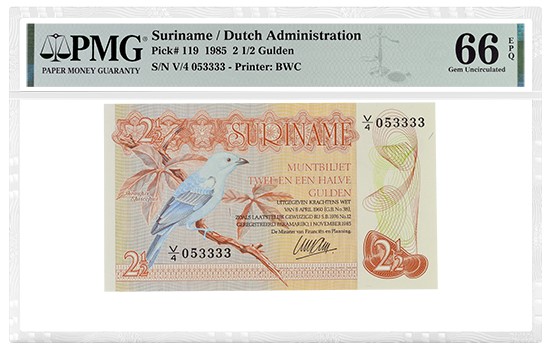Collection Inspiration: Lizards
Posted on 10/21/2025
On October 21, the annual Reptile Awareness Day is celebrated as a day to promote and bring awareness to the various species of reptiles across the world. Because mammals and bird species are typically at the forefront of animal protection discussions, reptiles often take a backseat. Reptile Awareness Day attempts to change that, as it shines a light on lizards, snakes, turtles and other reptiles that play vital roles in ecosystems around the globe.
The day encourages people to educate themselves more about these unique animals, appreciate their importance and support conservation efforts to protect their habitats and populations. Reptile Awareness Day also helps highlight the challenges of reptiles in captivity as well as ongoing concerns for reptile species that are becoming endangered in the wild. To celebrate Reptile Awareness Day and to show support for these incredible creatures, PMG is taking a look at banknotes that feature the largest group of reptiles in the world: lizards.
Ten Banknotes Featuring Lizards
Aruba
A constituent island country within the Kingdom of the Netherlands, Aruba is located in the southern Caribbean Sea and is home to many species of lizards, including the iguana and the striped anole. In 2019, each of these lizard species were featured on the country's 100 Florin note, with the front showcasing a large iguana at center and a smaller image of a striped anole above the iguana. The back also contains a smaller image of an iguana, with each lizard pairing well with the note's predominantly green and blue design.
Bahamas
The Cyclura Rileyi (commonly known as the Bahamian rock iguana) is a critically endangered species of lizard that is native to three island groups in the Bahamas. A commemorative note in the early 1990s highlighted the iguana on the back of a 1 Dollar note that also featured some of the prominent birds of the islands: flamingos and parrots.
Cook Islands
An island country in Polynesia, Cook Islands is home to the Azure-tailed Skink, which is characterized by its distinctive blue tail and copper stripes. A small rendering of the lizard can be found on the back side of the colorful Cook Islands / New Zealand Administration ND (1992) 10 Dollars note.
Fiji
Another endangered species of lizard on our list, the Fiji crested iguana is native to some of the northwestern islands of the Fijian archipelago. While the front of Fiji's (2012) 5 Dollar note features a classic portrait of Queen Elizabeth II, the back contains a closeup of a Fijian crested iguana among some of the island's native plants.
Indonesia
Indonesia is home to the largest lizard species in the world: the Komodo dragon. Reaching lengths of up to 10 feet and weighing upward of more than 300 pounds, they are popular exhibits at zoos, and with only about 3,000 left in the wild, they are classified as an endangered species. Given these stats and its synonymousness with Indonesia, it is no surprise that one made its way onto the front of the country's 2,500 Rupiah note in the 1950s.
Lithuania
A note with a simple background design of symmetrical diagonal lines throughout, the Lithuania 1991 1 Talonas showcases a lizard that is found across most of Europe: the sand lizard. There are several subspecies of the lizard as well, each with different patterns and coloring. A pair of sand lizards command attention on the back of the note, with one showed from above and another from the side.
Seychelles
A country that consists of 155 islands in the Indian Ocean, Seychelles is home to an array of interesting wildlife, including the tiger chameleon (also known as the Seychelles tiger chameleon). Another endangered species, this lizard can only be found on four islands of Seychelles: Mahé, Silhouette, Sainte Anne and Praslin. The tiger chameleon can also be found on the back of the 2016 500 Rupees note.
Solomon Islands
Multiple reptiles adorn the vibrant (2013) 50 Dollars note of the Solomon Islands. The back side of the note features several animals, including the Solomon Island spiny monitor and the Solomon Islands Skink, which is the largest known extant species of skink. The skink sits prominently at the center of the back of the note, while a smaller image of the monitor lizard is featured on the left.
Sri Lanka
The pink-hued Sri Lanka, Central Bank of Ceylon 1979 2 Rupees note highlights animals in that region, including the Haly's tree skink, which is the only arboreal skink in Sri Lanka. This is reflected on the back of the note, with the lizard on a tree branch with a butterfly just above.
Suriname
A country located in northern South America that is also considered part of the Caribbean and the West Indies, Suriname's region is 90% covered by the rainforest, making for the perfect habitat for certain reptiles like the green iguana. Also known as the American iguana or the common green iguana, the large lizard was incorporated onto the back design of Suriname's 1985 2 1/2 Gulden note.
If you're interested in more inspiring banknotes, check out our other Collection Inspiration columns for more collecting ideas, including ones centered on snakes and ocean wildlife. Also, be sure to follow PMG on Facebook, on Instagram and on Twitter for other articles and interesting notes posted daily.
Stay Informed
Want news like this delivered to your inbox once a month? Subscribe to the free PMG eNewsletter today!
